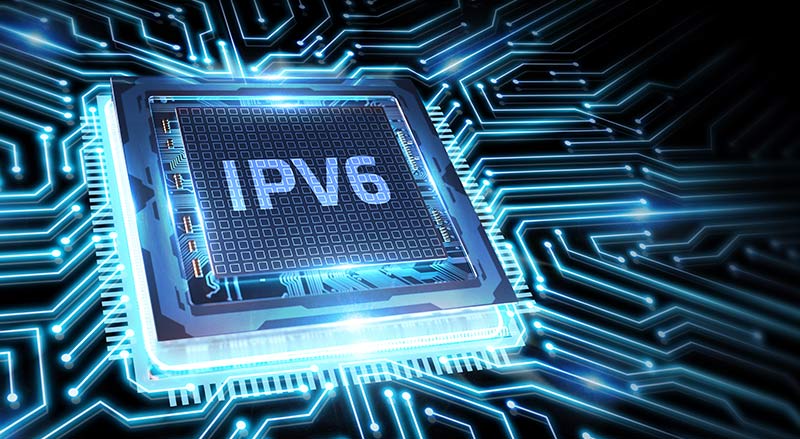When Bitcoin first launched it posited true peer-to-peer transactions, which is very different from the current model which sees transactions occur between peers and nodes through a big mesh, says Dr Craig S. Wright (Founder and Chief Scientist at nChain).
Speaking at the recent IEEE 5th Future Networks World Forum in Montreal, Wright said that this was a problem with scaling blockchains as it would be impossible for every machine on earth to contact every node. This is also why there are very few nodes, he said.
This is an unnecessary inefficiency when compared with the peer-to-peer communication facilitated by IPv6 – an Internet Protocol version that defines 128-bit IP addresses and can account for an almost limitless number of unique devices, making them directly addressable over the Internet.
‘Blockchain nodes are not decentralised. You don’t decentralise Bitcoin by having lots of home users pretending to run nodes. You decentralise Bitcoin by having lots of users connect directly.’
The reason Bitcoin originally had all of this direct connectivity was to avoid going through a variety of different networks, said Wright. Bitcoin can then allow direct communication between individuals, he said.
‘Bitcoin was designed to be electronic cash between one user and another. That’s a terribly different concept from what most people seem to think Bitcoin is.’
Although nodes record transactions, they are not supposed to serve as the methodology primarily used for recording transactions and processing. The nodes vote on the ordering of transactions and accept whichever transaction they have seen first.
When Bitcoin was created, the main way to conduct transactions was through IP-to-IP exchanges, Wright said. Bitcoin is a direct communication system, one that enables users to exchange value directly. As such, the system mirrors cash.
IP-to-IP transactions using IPv6
To give an idea of what transactions could look like in the near future, Wright gave the example of a non-interactive Bitcoin IP transaction using IPv6 CGA (++).
The procedure here is a modification that takes advantage of the beneficial properties of Ipv6 and CGA. To send a Bitcoin transaction to a recipient who isn’t online (non-interactively), the sender can take advantage of the embedded authentication using a signature in CGA++.
To send a payment to a domain name rather than an IPv6 CGA, the sender simply adds an extra step at the beginning of the procedure to resolve the IP address that maps to the domain name required.
In the CGA parameters, there is a textfield parameter where an option variable-length field (default length 0) can be added. If the receiver/server has a domain name they can put that there so the client has added security guarantees that the NDS mapping is authentic.
Decentralisation: Forming the edges of the Bitcoin network
Wright noted that edge computing, not meshes of nodes, is the secret of decentralisation.
The nature of a peer-to-peer transaction lies in the direct communication between parties engaging in an exchange or trade. This is because it is electronic cash, Wright reiterated.
The nodes act as honest agents and record the information, returning information concerning the validity of the transaction. Under this form of operation, the nodes are not financial institutions. Decentralisation involves pushing information to the edges.
‘The term ‘decentralisation’ refers to individuals and minority groups being able to act independently,’ he said.
The truth about ownership
Speaking on the value of immutable ownership, Wright highlighted a recent case where he bought a video series on Amazon Prime which was subsequently censored. Wright notes that this is possible because users don’t actually own the content they have paid for in many instances.
Blockchain technology can be used to facilitate an inexpensive, secure and transparent procedure for the purchase, integrity and licensing of proprietary software, Wright said. In this way, consumers benefit from continuous integrity and transparency.
Software vendors can ensure that the conditions associated with the licence are adhered to on a continuous and cost-effective basis. The software vendors could also enhance their reputation and increase their trustworthiness by being seen to be transparent.
The immutable record of transactions between the software vendors and consumers could be valuable for both audits and in cases of dispute resolution, he said.
